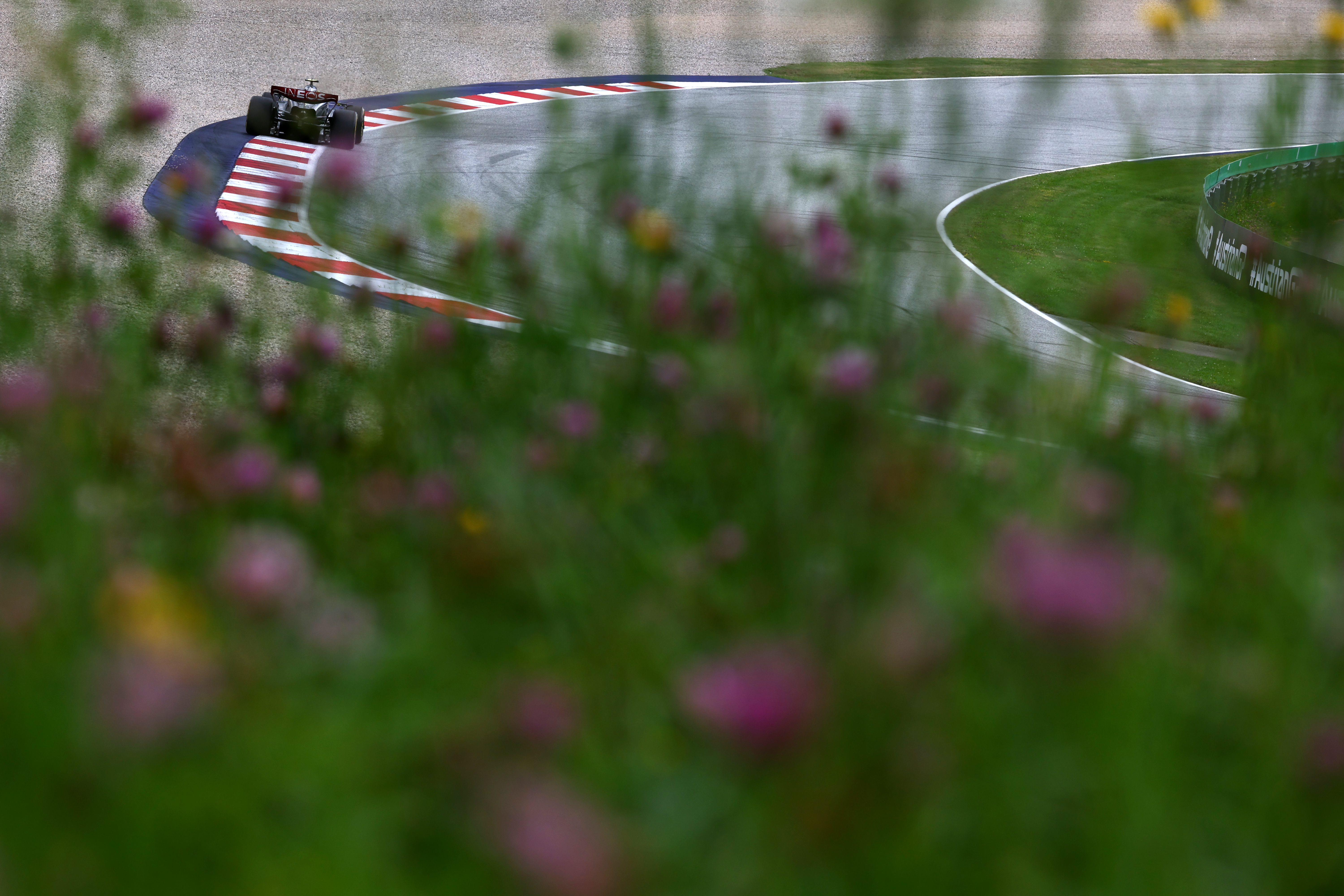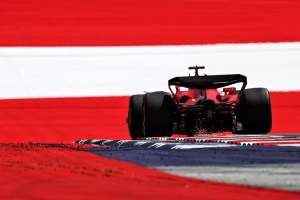Up Next

Formula 1’s Austrian Grand Prix result was thrown into confusion as the sheer volume of track limits penalties effectively overwhelmed the FIA’s policing system.
More than 100 laptimes were deleted in Sunday’s race after drivers repeatedly exceeded track limits, mainly on the entry and especially the exit of the final corner, but more than 1200 potential offences had to be reviewed by race control.
The final outcome was a further 12 penalties spread across eight drivers, changing the positions of 14 of the 19 finishers in a decision announced five hours after the finish.
The Red Bull Ring is notorious for this offence, as the compression mid-corner at Turn 10 can cause cars to wash out wide and the wide kerbs on entry and exit allow drivers to take liberties in extending the track as much as possible.
It escalated to an extreme degree this year, though, with complaints about deleted laps in qualifying merely a precursor to not just an astonishing rate of confirmed offences and subsequent penalties in the race, but a swathe of potential offences that race control did not have time to get through during the grand prix.
Seven drivers received time penalties in the race for repeat offences and then “a number of deleted laps” that failed to be reviewed during the grand prix came to light, following a protest from Aston Martin and a review the FIA had already begun.
Race control was tasked with “a reconciliation of all deleted laps with penalties applied”. And it soon emerged that more sanctions would be coming post-race, although the top three finishers were safe.
Time penalties would then be retroactively enforced. Whereas some drivers could serve five-second penalties (or 10 seconds in the case of repeat offender Yuki Tsunoda) during the grand prix in their pitstops, these additional penalties would be added to the offending drivers’ race times.
In addition to having a significant impact on the classification, this situation is an admission that there were so many offences committed in this grand prix that the policing system could not keep up. With closer to 1500 potential offences believed to have been reviewed, though, it is no surprise.

Since last year, a zero-tolerance policy of using the white lines to police track limits has been applied. It succeeded a more flexible, track-by-track approach with corner-specific instructions, which had benefits but led to criticism because of perceived inconsistencies.
The white-line policy was the case last year too though, and the reason for the exponentially higher rate of deleted times and penalties in 2023 is simply that the FIA is policing it better.
It has more human resources at its disposal this year to monitor transgressions, with nine personnel across race control and the remote operations centre in Geneva. A mix of automatic loops and fixed, zoomed-in cameras being monitored by these personnel are used to note offences and refer them to the stewards.
It is extremely likely that there was not a dramatically higher number of offences this year than before, but a more rigorous method of policing has exposed more of them.
As a consequence, the system of dealing with that – noting the offences, reporting them, reviewing them and penalising them (or not) – has been overwhelmed. There was not enough time to review everything, and it is possible some were missed as well.
Race control had to attempt to reconcile the matter on Sunday evening.
Whether it draws a definitive line under the Austrian GP result is debatable, for any team that lost out may want to challenge their belated penalties. What it definitely will not resolve is the wider debate about track limits.
When F1 reconvenes at Silverstone next week for the British Grand Prix, and in the intervening days, several questions are bound to be asked.
Is F1’s rule correct? Is an even more robust policing system needed? Or do drivers just need to – literally – toe the line?






